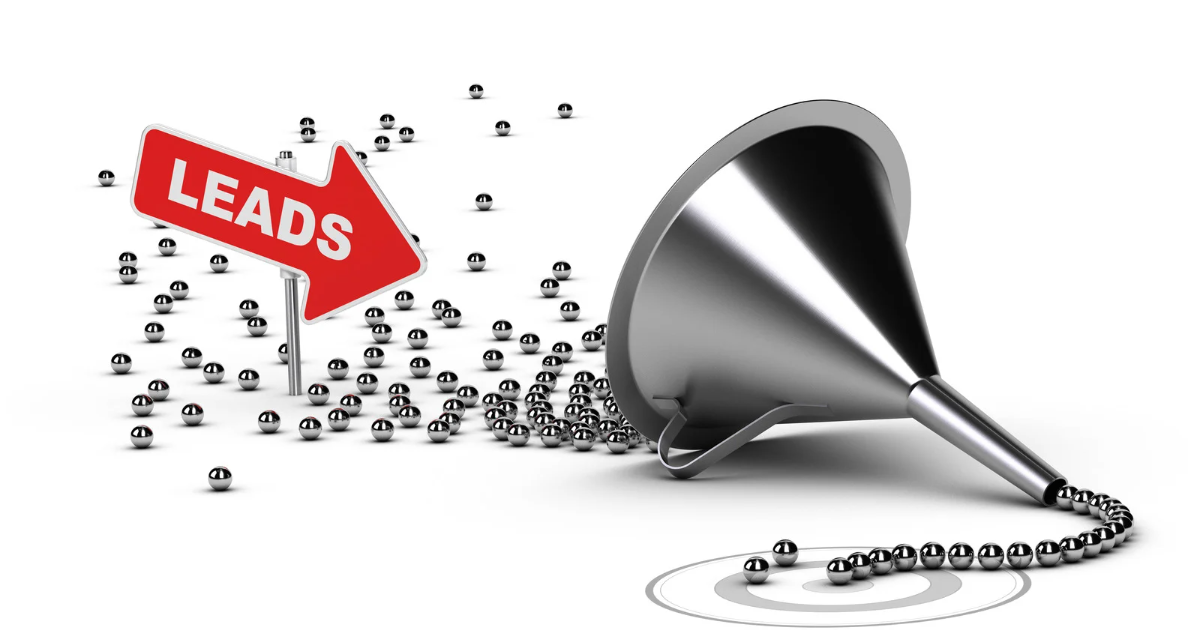As a B2B marketer, generating quality leads is essential for the growth and success of your business. But with so many different tactics and strategies available, it can be overwhelming to know where to start. In this guide, I'll walk you through the basics of lead generation and show you how to develop a successful B2B marketing strategy that generates high-quality leads.
Introduction to B2B marketing and lead generation
Before we dive into lead generation, let's start with a brief overview of B2B marketing. B2B marketing, or business-to-business marketing, is the process of selling products or services from one business to another. Unlike B2C marketing, which targets individual consumers, B2B marketing involves targeting other businesses or organizations.
Lead generation is a critical component of B2B marketing. It refers to the process of identifying and attracting potential customers, or leads, to your business. These leads are then nurtured through the sales funnel until they become paying customers.
Understanding what leads are and why they matter
A lead is a potential customer who has shown some level of interest in your product or service. This interest could be demonstrated through actions such as filling out a contact form, downloading a whitepaper, or subscribing to your email list.

Leads are essential because they represent potential revenue for your business. By capturing leads and nurturing them through the sales funnel, you can increase your chances of converting them into paying customers.
The importance of lead generation in B2B marketing
Lead generation is critical for the success of any B2B marketing strategy. Without leads, your sales pipeline would dry up, and your business would struggle to grow. By generating high-quality leads, you can ensure that your sales team is always busy and that your business is continually growing.
Types of lead generation tactics
There are many different tactics you can use to generate leads for your B2B business. Here are some of the most popular:
Content marketing
Content marketing involves creating and sharing valuable content, such as blog posts, whitepapers, and videos, to attract potential customers to your website.
Social media marketing
Social media marketing involves using social media platforms, such as LinkedIn, Twitter, and Facebook, to promote your business and attract potential customers.
Email marketing
Email marketing involves sending targeted emails to potential customers to promote your business and generate leads.
Paid advertising
Paid advertising involves paying for ads on platforms such as Google or LinkedIn to attract potential customers to your website.
Events and conferences
Attending or hosting events and conferences is an excellent way to meet potential customers and generate leads for your business.
Developing a B2B lead generation strategy
To develop a successful B2B lead generation strategy, you need to follow these steps:

Define your target audience
The first step in developing a lead generation strategy is to define your target audience. Who are you trying to attract to your business? What are their pain points, and how can your product or service help them?
Choose your lead generation tactics
Once you've defined your target audience, you need to choose the right tactics to reach them. As we discussed earlier, there are many different tactics to choose from, so it's essential to select the ones that are most likely to resonate with your target audience.
Create your lead magnets
A lead magnet is an incentive that you offer to potential customers in exchange for their contact information. This could be something like a whitepaper, e-book, or free trial of your product or service.
Build your landing pages
A landing page is a web page that is designed specifically to capture leads. It should be optimized for conversions and include a clear call-to-action (CTA) that encourages visitors to provide their contact information.
Nurture your leads
Once you've captured a lead, you need to nurture them through the sales funnel. This involves sending them targeted emails, providing them with valuable content, and staying in touch as they move closer to making a purchase decision.
Measuring and analyzing lead generation results
To determine the success of your lead generation strategy, you need to measure and analyze your results. This involves tracking metrics such as website traffic, conversion rates, and the number of leads generated.
By analyzing these metrics, you can identify areas of your strategy that are working well and areas that need improvement. This information can then be used to refine your strategy and optimize your results.
Common mistakes to avoid in B2B lead generation
Here are some common mistakes to avoid when developing a B2B lead generation strategy:
Focusing too much on quantity over quality
It's essential to focus on generating high-quality leads, rather than just a high quantity of leads. Low-quality leads can clog up your sales pipeline and waste your sales team's time.
Not nurturing leads effectively
Capturing a lead is only the first step in the process. You need to nurture your leads effectively to move them through the sales funnel and convert them into customers.
Not measuring and analyzing results
If you're not measuring and analyzing your lead generation results, you won't know what's working and what's not. This can lead to wasted time and resources on tactics that aren't generating results.
Best practices for successful B2B lead generation
Here are some best practices to follow when developing a B2B lead generation strategy:

Focus on your target audience
Your lead generation strategy should be tailored to your target audience's needs and pain points. By focusing on their needs, you can create content and offers that resonate with them and generate high-quality leads.
Use multiple tactics
Don't rely on a single lead generation tactic. Instead, use multiple tactics to reach your target audience and generate leads from a variety of sources.
Optimize your landing pages
Your landing pages should be optimized for conversions, with clear and compelling CTAs. Test different versions of your landing pages to see which ones perform best.
Nurture your leads effectively
Nurturing your leads effectively is essential to converting them into paying customers. Use targeted emails and valuable content to keep your leads engaged and moving through the sales funnel.
Lead generation tools and resources
Here are some tools and resources that can help you with B2B lead generation:
HubSpot
HubSpot is an all-in-one inbound marketing platform that can help you with lead generation, lead nurturing, and sales automation.
Google Analytics
Google Analytics is a free tool that can help you track website traffic and measure the performance of your lead generation tactics.
LinkedIn Sales Navigator
LinkedIn Sales Navigator is a paid tool that can help you find and connect with potential customers on LinkedIn.
Conclusion
Generating high-quality leads is essential for the growth and success of your B2B business. By following the steps outlined in this guide, you can develop a successful lead generation strategy that attracts potential customers to your business and converts them into paying customers.
Remember to focus on your target audience, use multiple tactics, optimize your landing pages, and nurture your leads effectively. By doing so, you can build a strong sales pipeline and grow your business over time.
Ready to generate high-quality leads for your B2B business? At our B2B marketing agency, we specialize in crafting customized strategies to help businesses like yours achieve their marketing goals. Contact us today to learn how we can help elevate your brand and drive results in your industry. Let us be your partner in growth and success.


